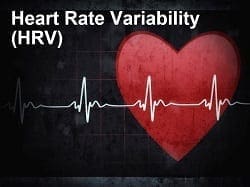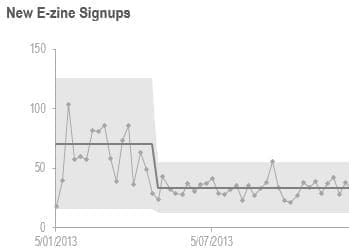3 Dangerous Mistakes With Metrics
by Stacey Barr |Leave a Comment

Guest author Martin Klubeck, author of Metrics: How to Improve Key Business Results, warns us about 3 mistakes with metrics that stem from too strong a focus on the data.
Weasel Word Whimsy
by Stacey Barr |Leave a Comment

Guest author Terry Fagg, a local government manager, writes a short marketing brief from a fictional consulting firm called Weasel Words Inc. Be warned: this is bad advice!! (more…)
5 Traps to Avoid in Designing Performance Measures
by Stacey Barr |Leave a Comment

Focus, Feedback, Fulcrum
by Stacey Barr |Leave a Comment

What's the real role of performance measurement? To serve the bureaucratic machine? To keep an eye on employees? To hold executives accountable? Does the role change depending on whose measuring and what they're measuring? I don't believe so. I believe that performance measurement's role is universally comprised of three specific things.
Using 5 ‘D’ Words to Make Time to Measure What Matters
by Stacey Barr |Leave a Comment

How to Get KPI Buy-in, Overnight
by Stacey Barr |Leave a Comment

We want people to be engaged - or have buy-in - to performance measures so they will support the implementation of those measures, and use them to improve performance. But dragging them to KPI meetings and presentations, and loading them with lists of measures to review, rarely gets true buy-in. Solution: the Measure Gallery.
How to Help People Measure Results, Not Activity
by Stacey Barr |Leave a Comment

Measure Up reader, Kenneth, works in a hospital and has this measurement challenge: "Different people want to follow up on different things. The nurses, for example, think it is crucial to follow up on how many phone calls they answer. I reckon it is because they want evidence to show management how they spend their time at work. But I do not think this is a critical KPI or success fac...
Failure is Feedback
by Stacey Barr |Leave a Comment

As a thought leader with a message that I desperately want to share with the world, reaching out to as many people as possible is critical to success. No point shouting from the rooftops "hey everyone, measure what matters!" because few people pay attention to rooftops, actually. I have to find other ways to reach out, but I've been failing...
Connect with Stacey
Haven’t found what you’re looking for? Want more information? Fill out the form below and I’ll get in touch with you as soon as possible.
167 Eagle Street,
Brisbane Qld 4000,
Australia
ACN: 129953635
Director: Stacey Barr






